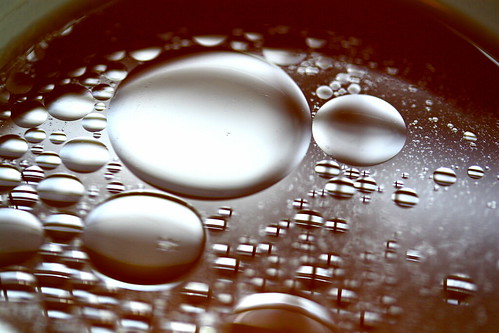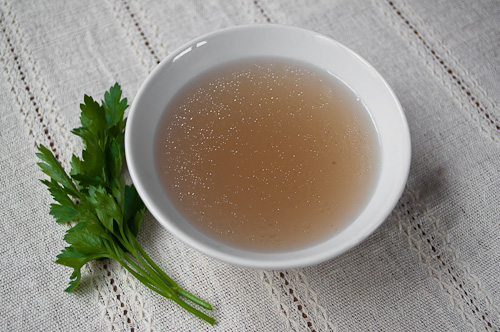I am absolutely certain that the only right thing to do about nutrition is to get the vast majority of it from real, whole foods.
No one can be more convinced than an ex-biochemist who looks into nutrition 20 years after the first go-round; biochemistry knows today what it didn't know then, and thus doesn't know today what it will know twenty years from now.
In my highly-informed opinion (this being diametrically opposed to a humble opinion), half of our diet by volume should be non-starchy vegetables and low-sugar fruits, a quarter should be protein foods of primarily wild or pastured animal origin (meat, poultry, fish, eggs, raw dairy) and all of the above foods should be prepared and served with healthy fats (butter, lard, tallow, schmaltz, coconut oil and palm oils, olive and avocado oils). The remaining quarter of the diet can vary depending on individual needs and wants (starchy vegetables, sugary fruits, grains, nuts and seeds, legumes or just outright junk food to some degree since none of us are perfect).
Nevertheless, sometimes we've been malnourished long enough and become sick enough that we need a bit more help than food can provide. When you start looking at Weston Price's work, you realize the cultures he found so much healthier than ours achieved their health by having their mothers and grandmothers eat a healthy diet. Until we develop a flux capacitor, this method of achieving health is not available!
So depending on our health challenges, we may need some help beyond diet and that may means supplements...
Though I'd read about using dolomite in Nourishing Traditions, for some reason the idea of not swallowing piles of pills didn't really hit me until KerryAnn @ Cooking Traditional Foods discussed adding Concentrace to foods.








